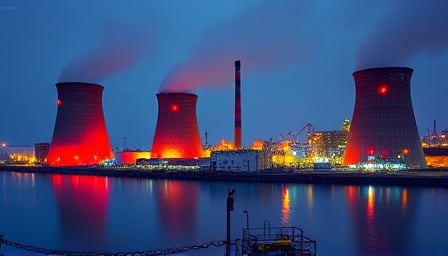Arkema’s Q1 2025 Results: A Mixed Bag with a Silver Lining
Arkema SA, the French chemical manufacturing giant listed on the NYSE and Euronext Paris, has finally released its Q1 2025 results, and the verdict is out: a mixed bag with some glimmers of hope. The company’s sales managed to eke out a 1.7% year-on-year increase, but this meager growth is largely due to the strong performance of its High Performance Polymers and new businesses, particularly in batteries and electronics.
But don’t be fooled – beneath the surface, things are not as rosy. EBITDA, a key profitability metric, took a 6% hit, courtesy of mixed segment performance. This is a clear indication that the company still has its work cut out in terms of optimizing its operations and streamlining costs.
The good news is that the company’s volumes held up remarkably well in a weak demand environment outside of Asia, where growth was strong. This is a testament to Arkema’s ability to adapt and thrive in a challenging market. However, the price effect on sales was limited to a negative 0.5%, with a stable raw materials environment. This suggests that the company is still struggling to pass on cost increases, a problem that needs to be addressed urgently.
The integration of Dow’s laminating adhesives has contributed positively to the results, but this is a one-time gain. The real challenge lies in sustaining this momentum and driving growth across all segments. Until Arkema can demonstrate a more consistent and robust performance, investors will remain skeptical.
Key Takeaways:
- Sales growth of 1.7% year-on-year, driven by High Performance Polymers and new businesses
- EBITDA slipped 6% due to mixed segment performance
- Volumes held up well in a weak demand environment outside of Asia
- Price effect on sales was limited to a negative 0.5%
- Integration of Dow’s laminating adhesives contributed positively to the results
The Bottom Line:
Arkema’s Q1 2025 results are a mixed bag, with some positive signs but also significant challenges. The company needs to address its profitability issues and drive growth across all segments to justify its valuation. Until then, investors will remain cautious.
